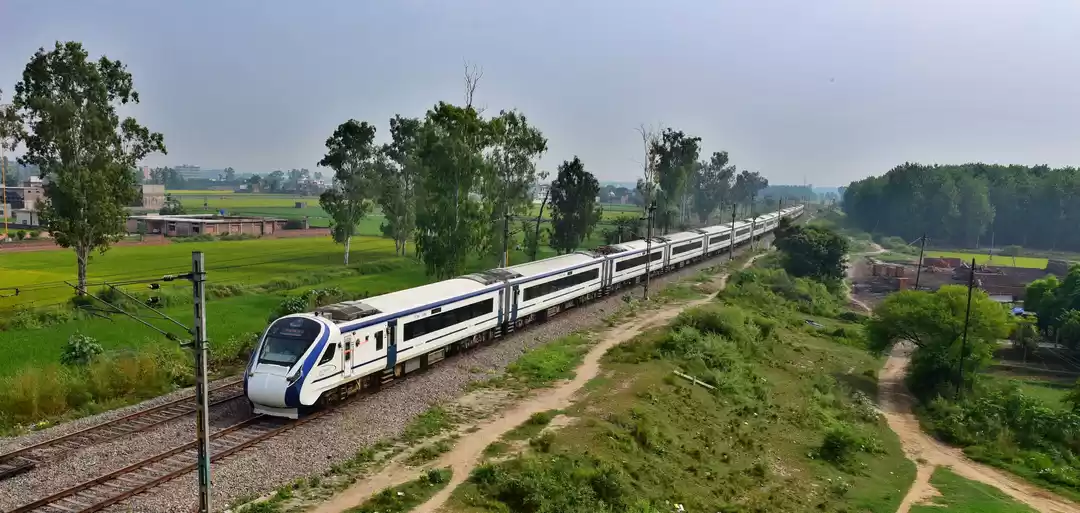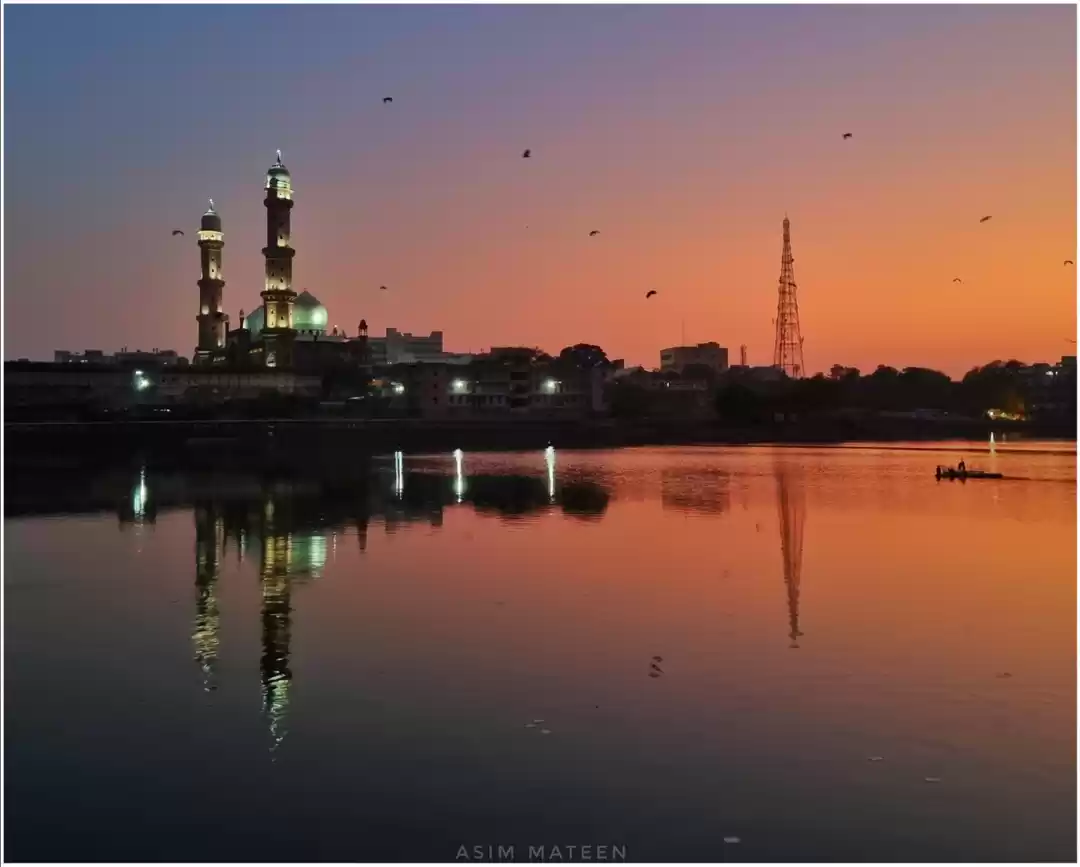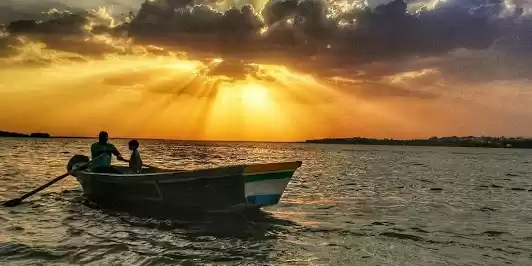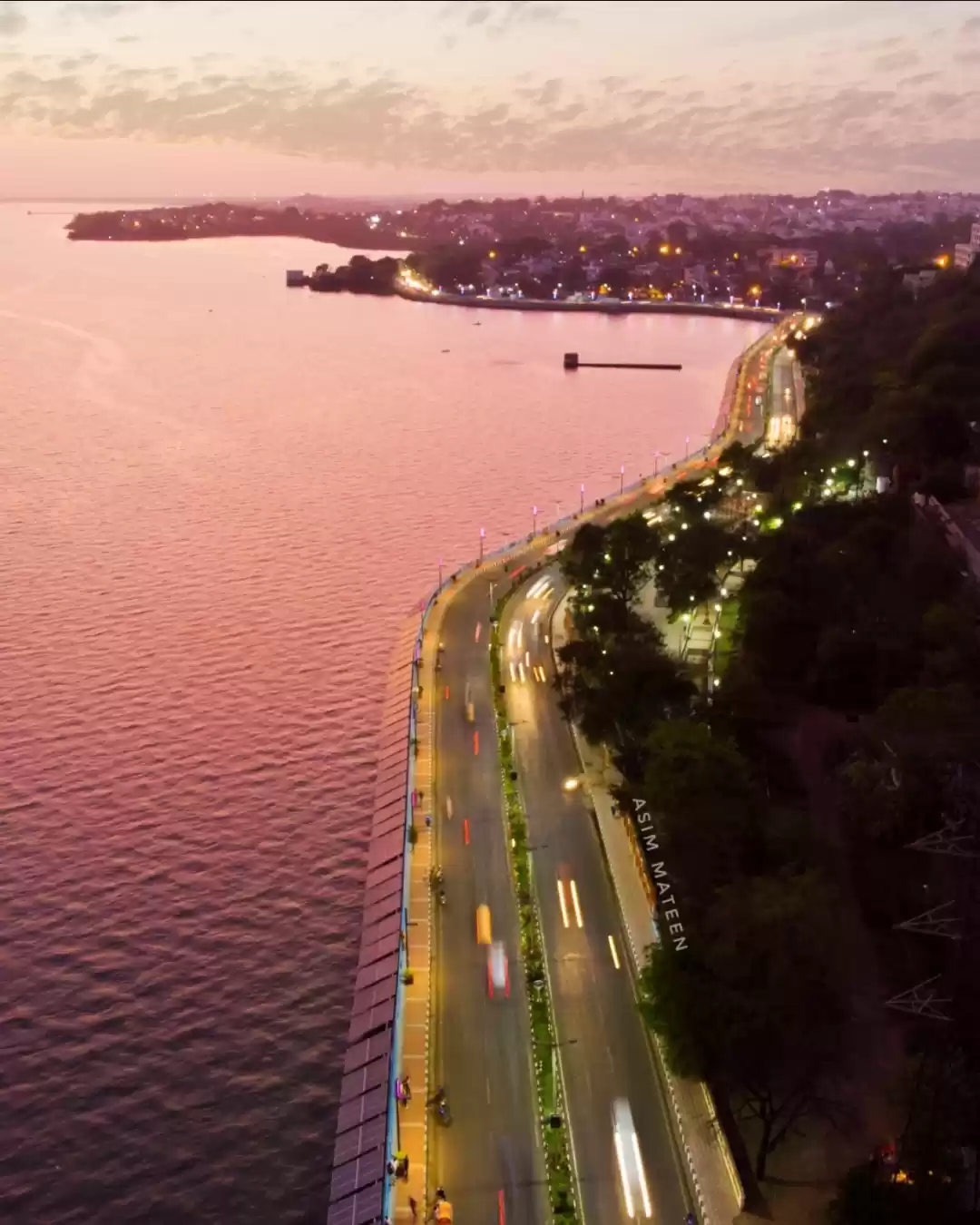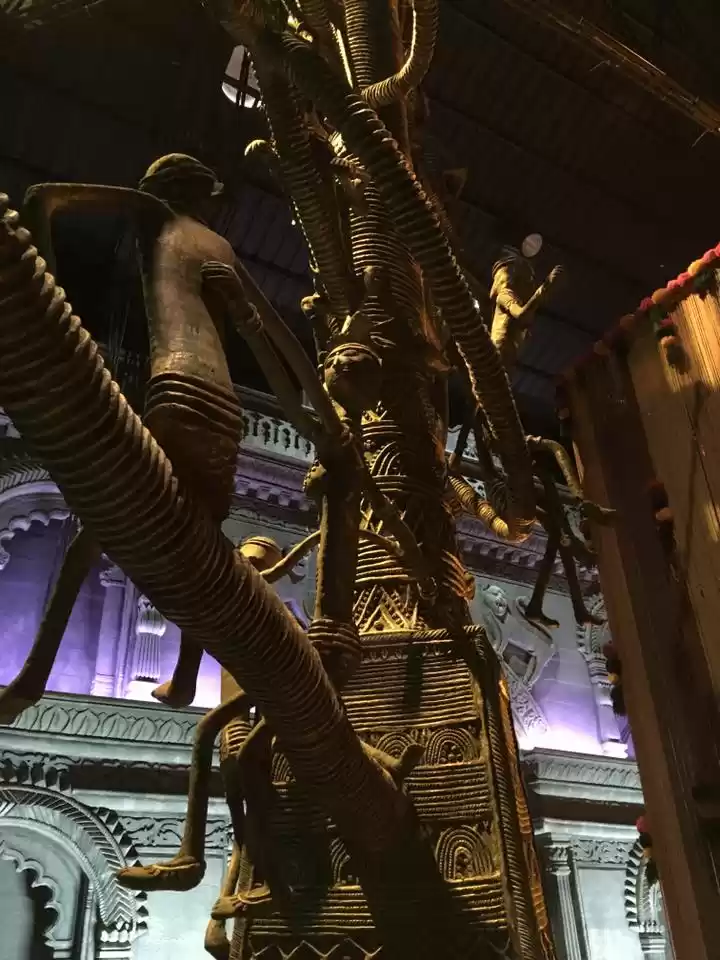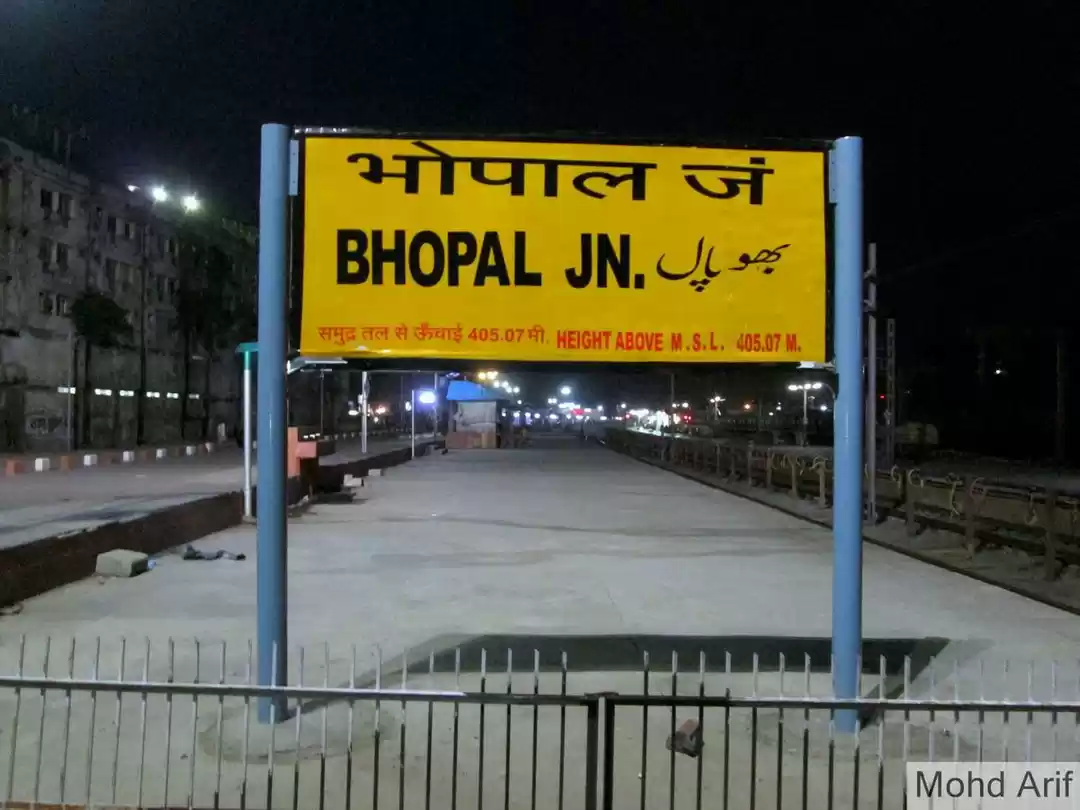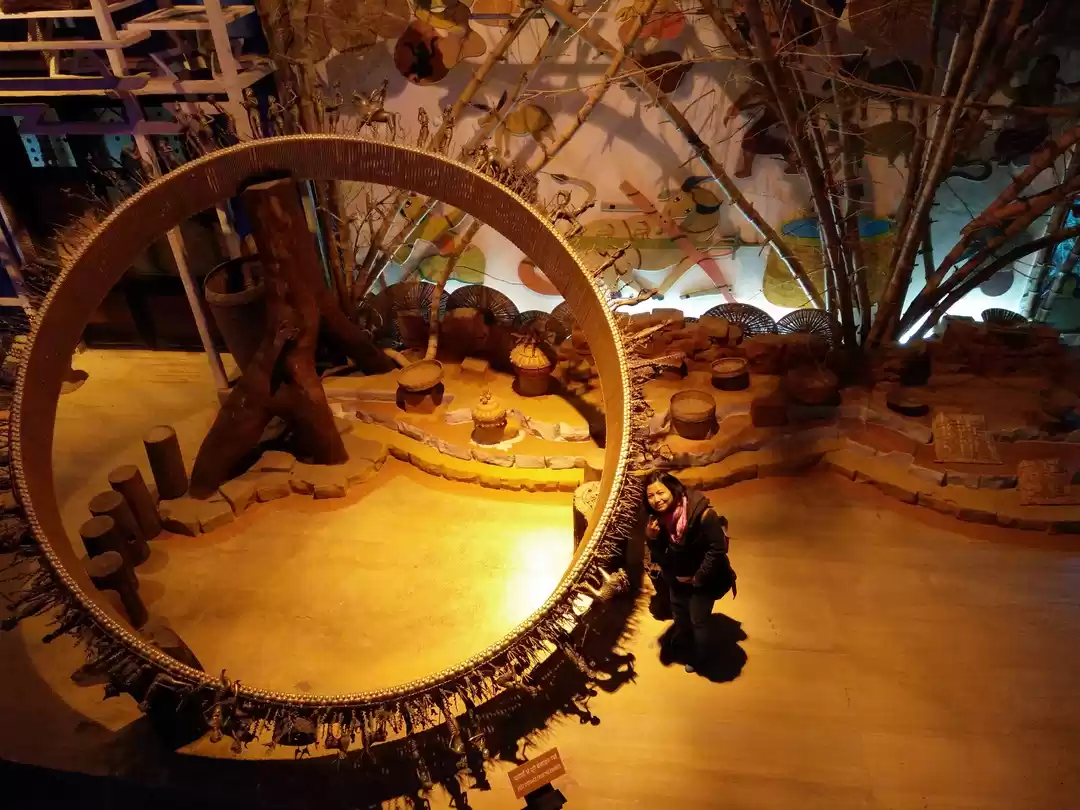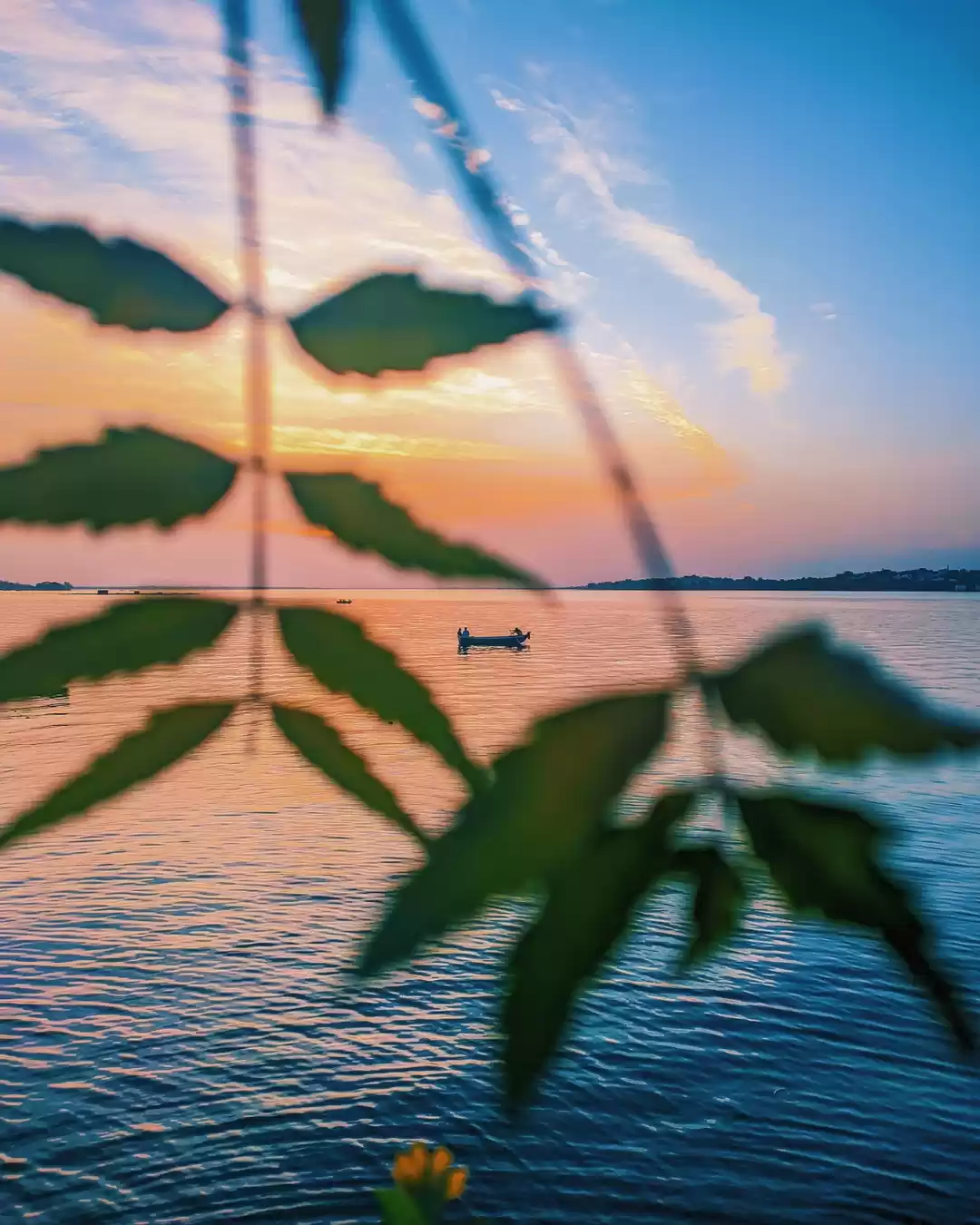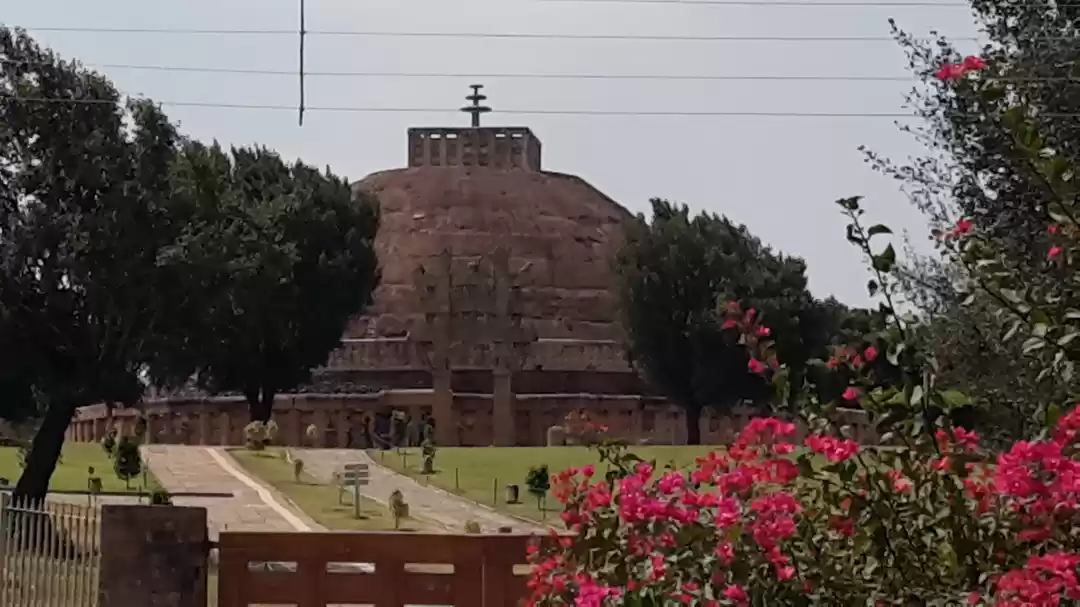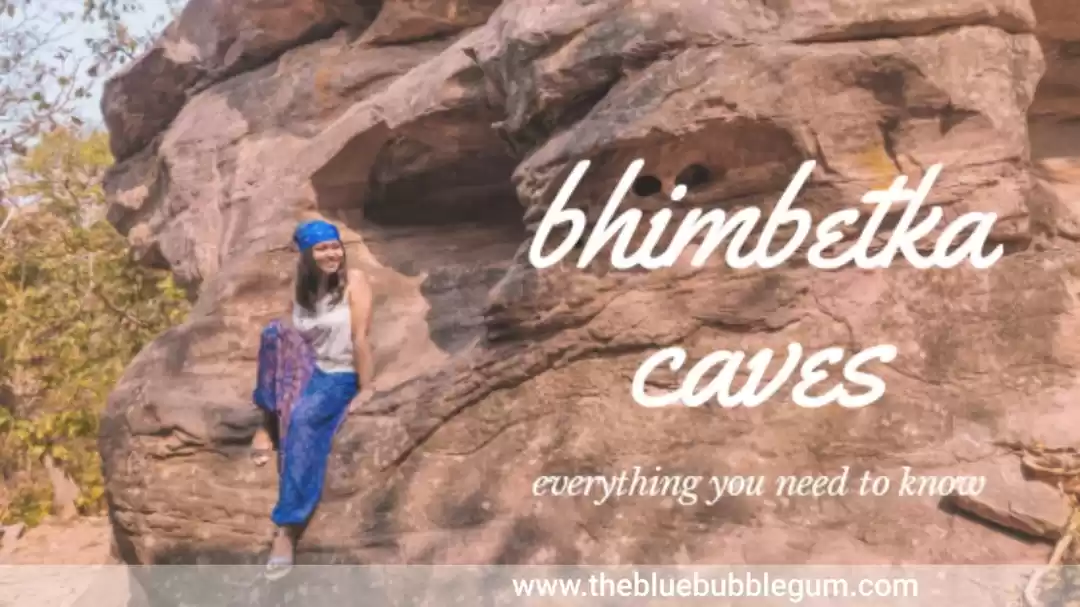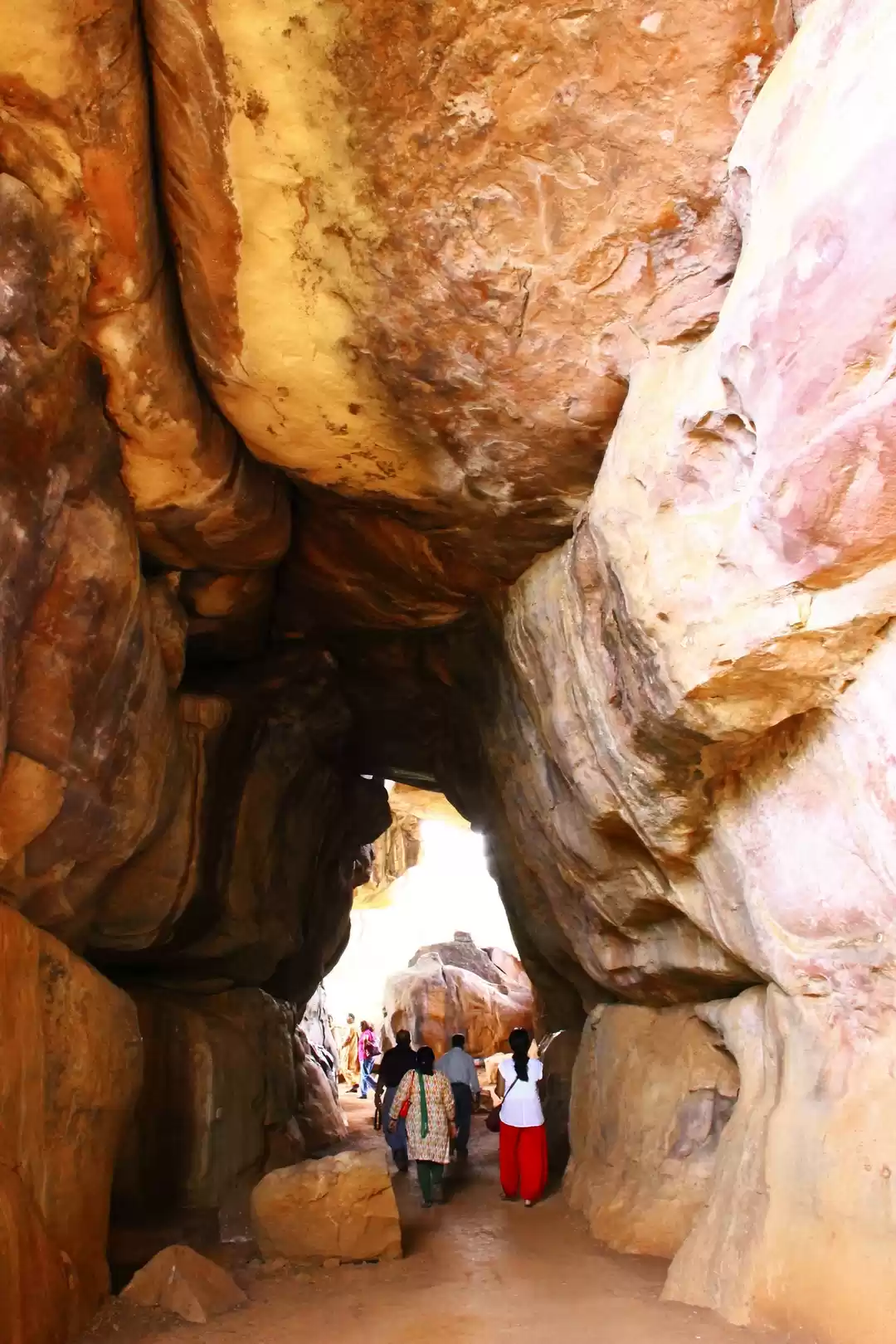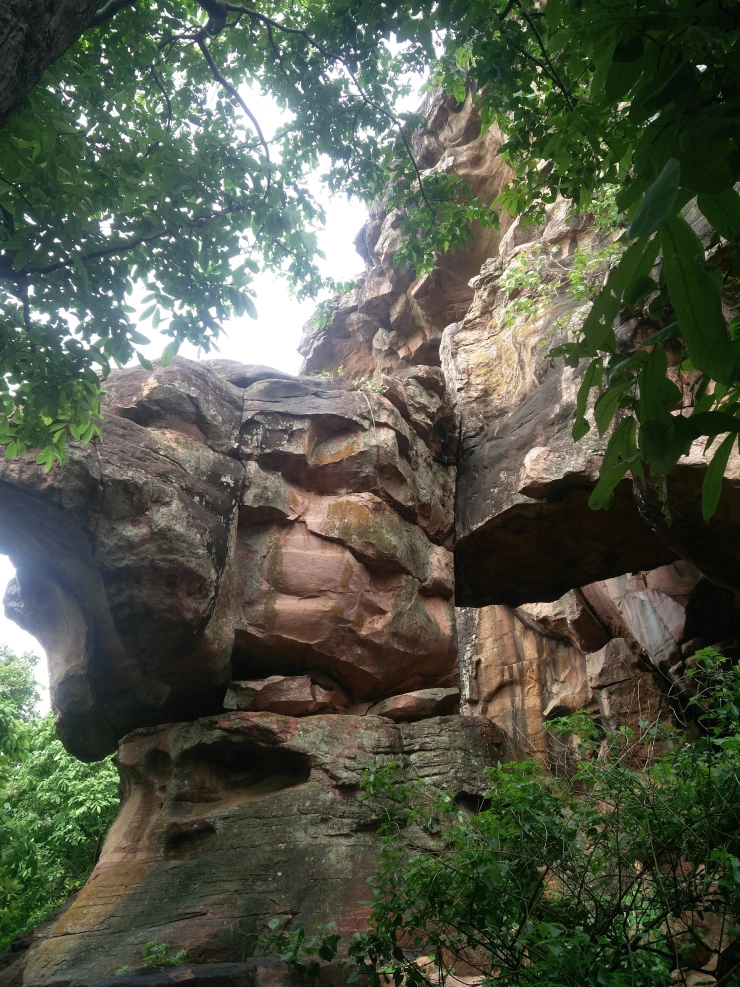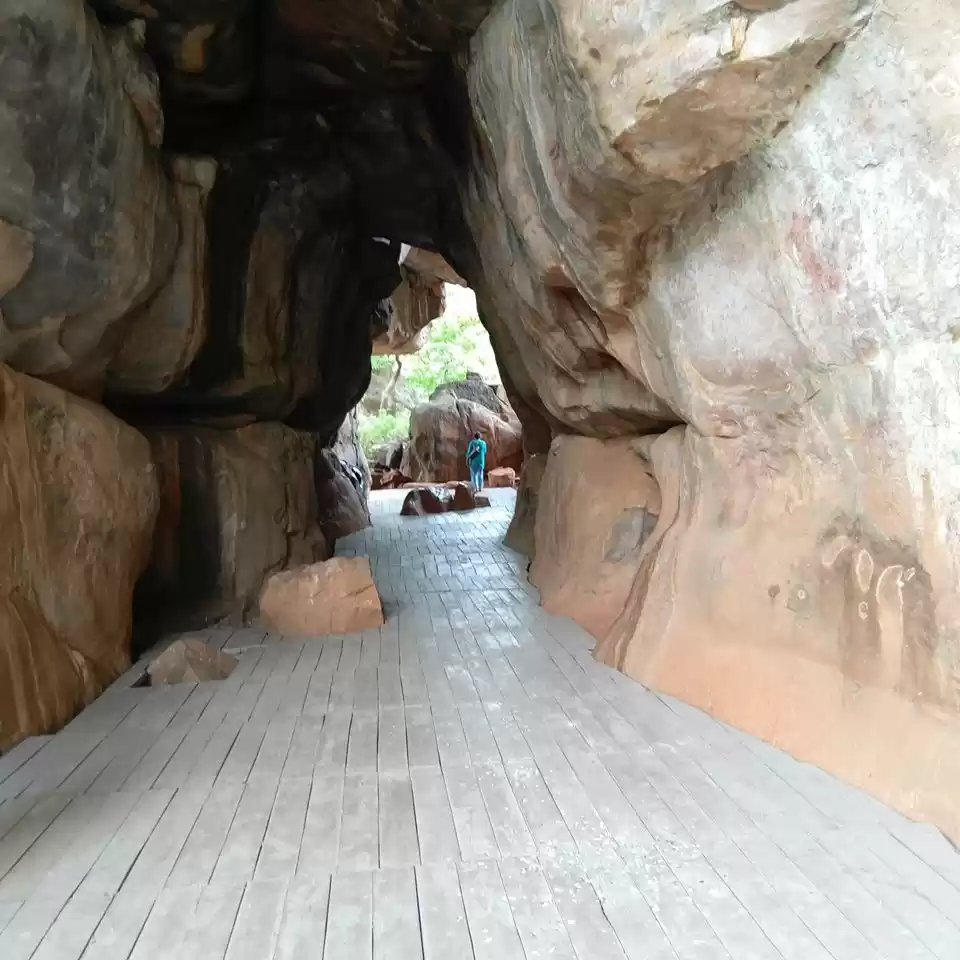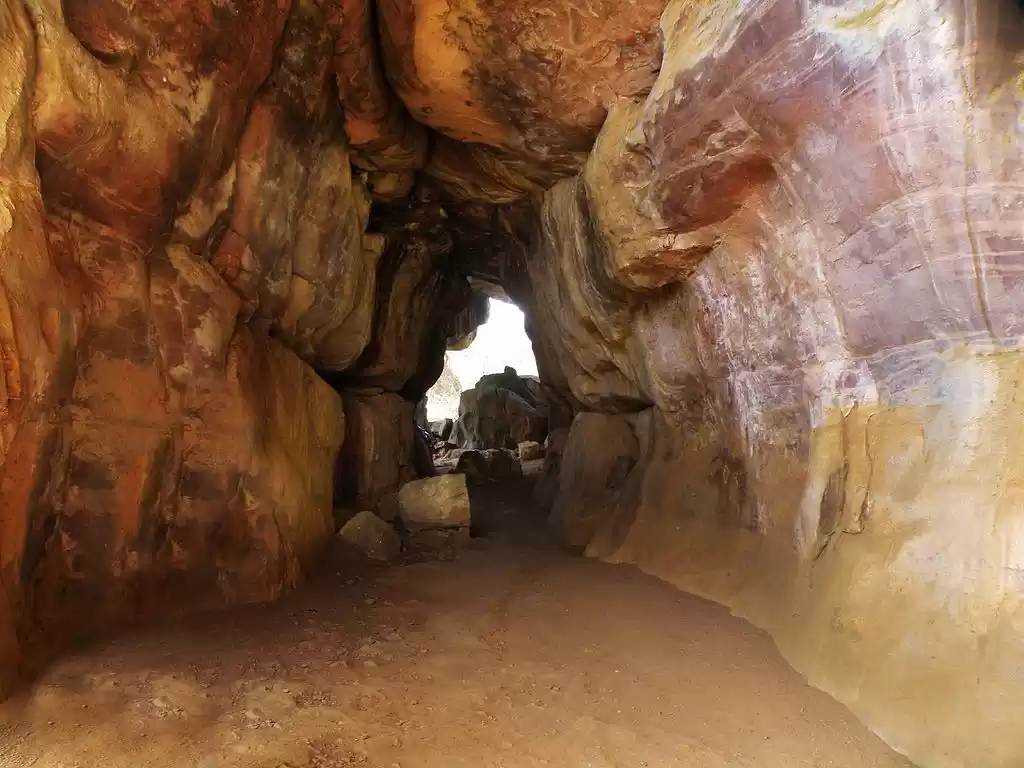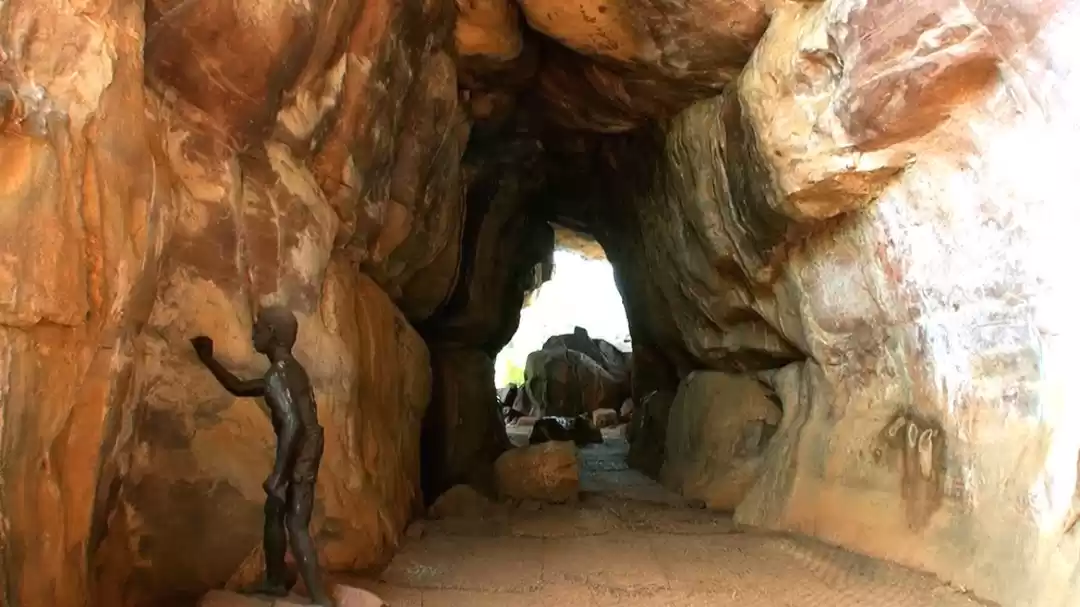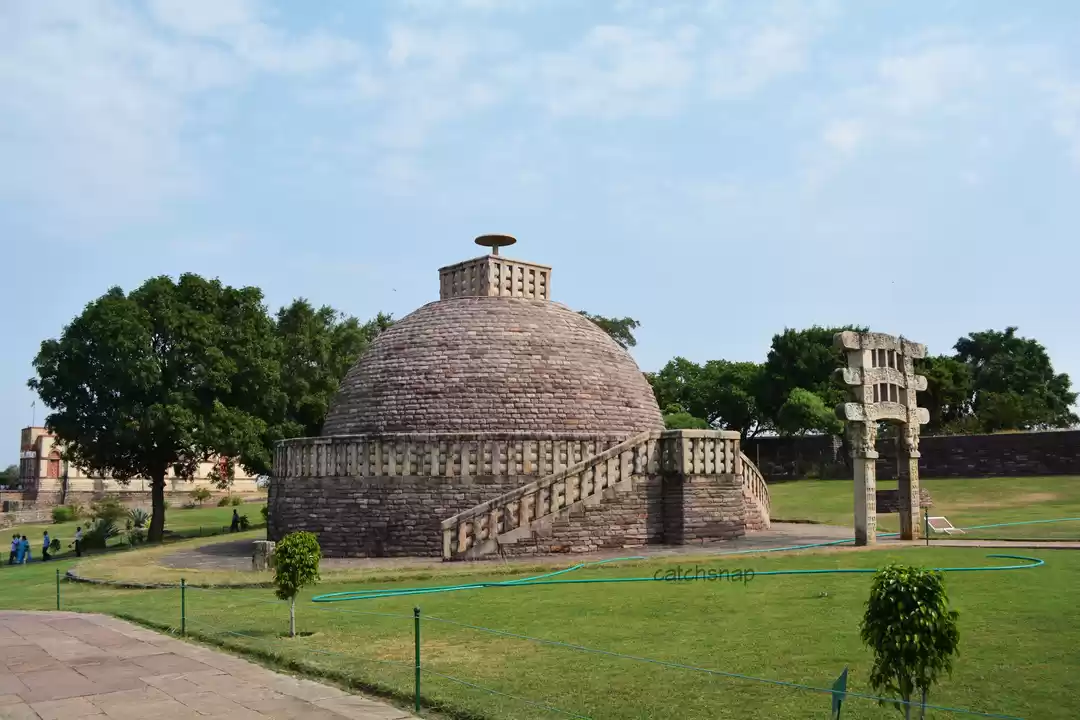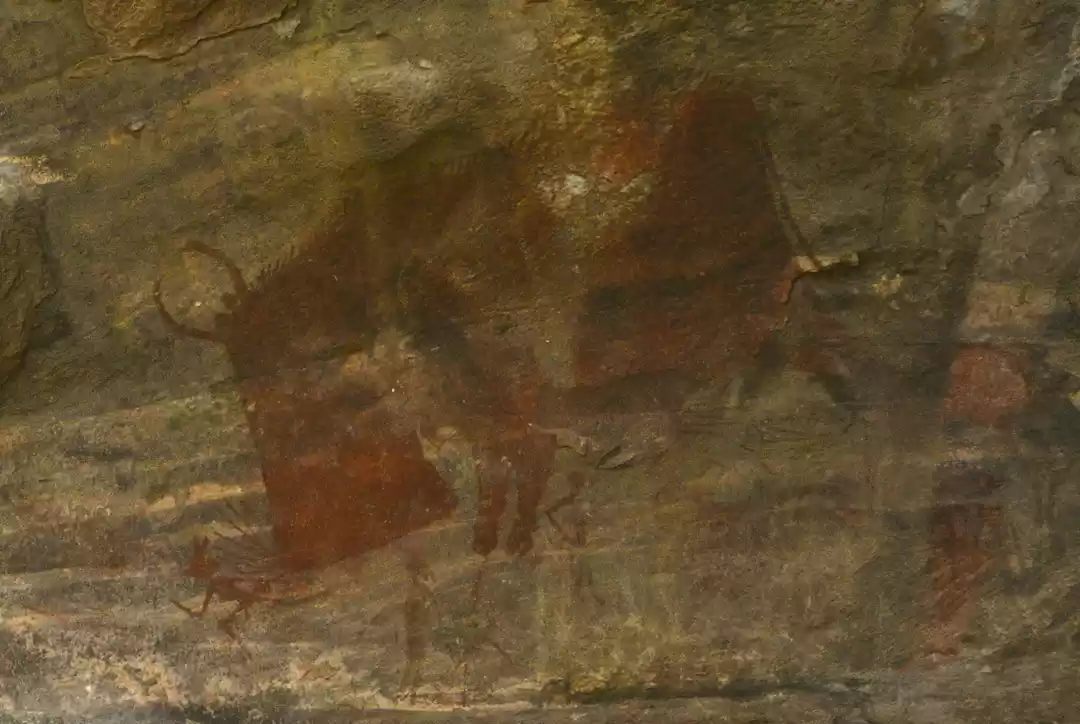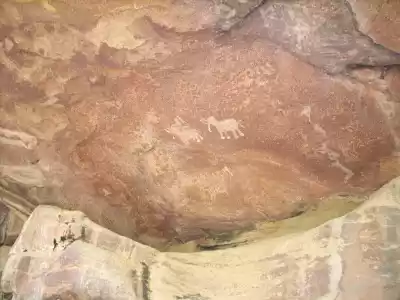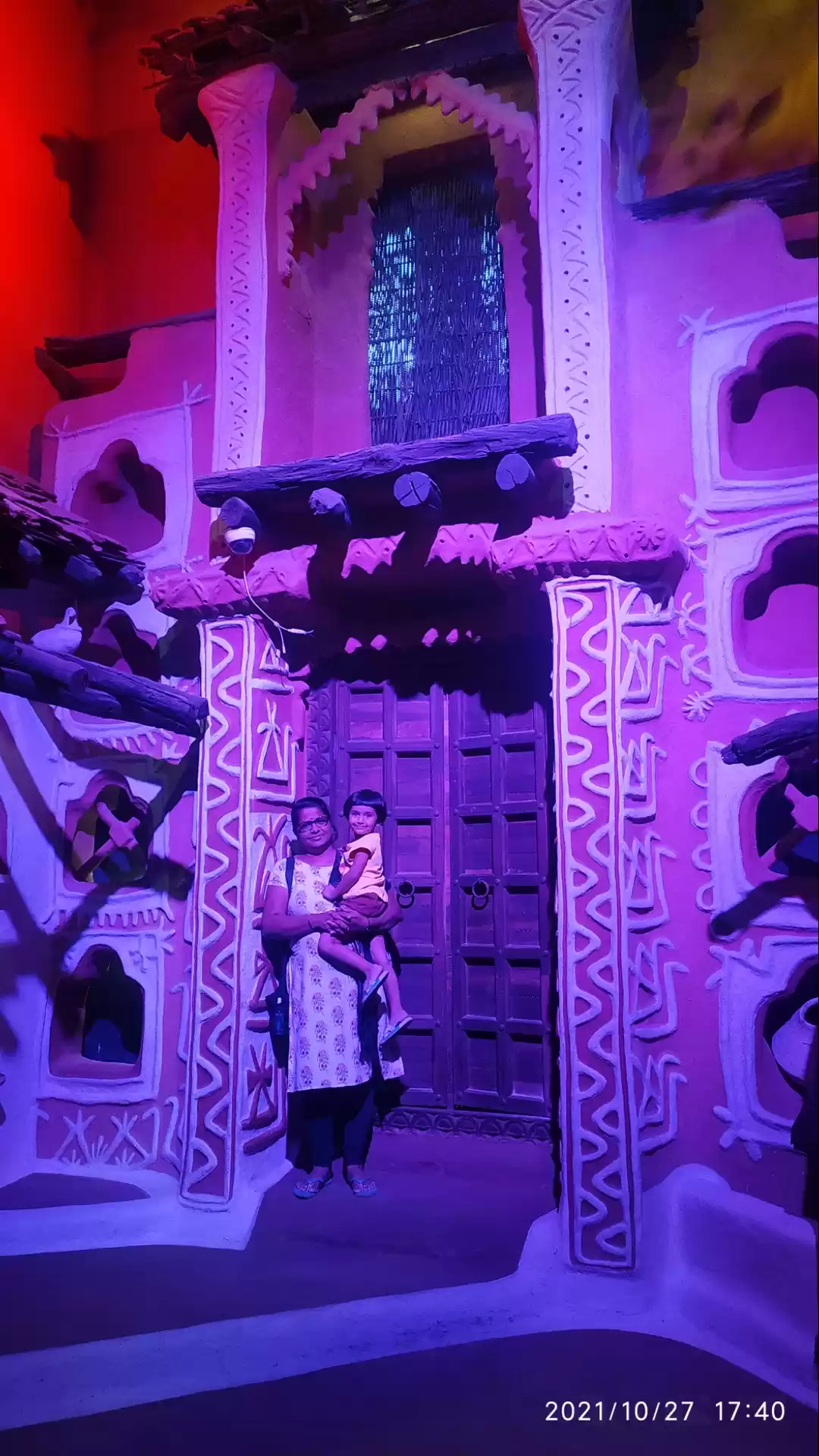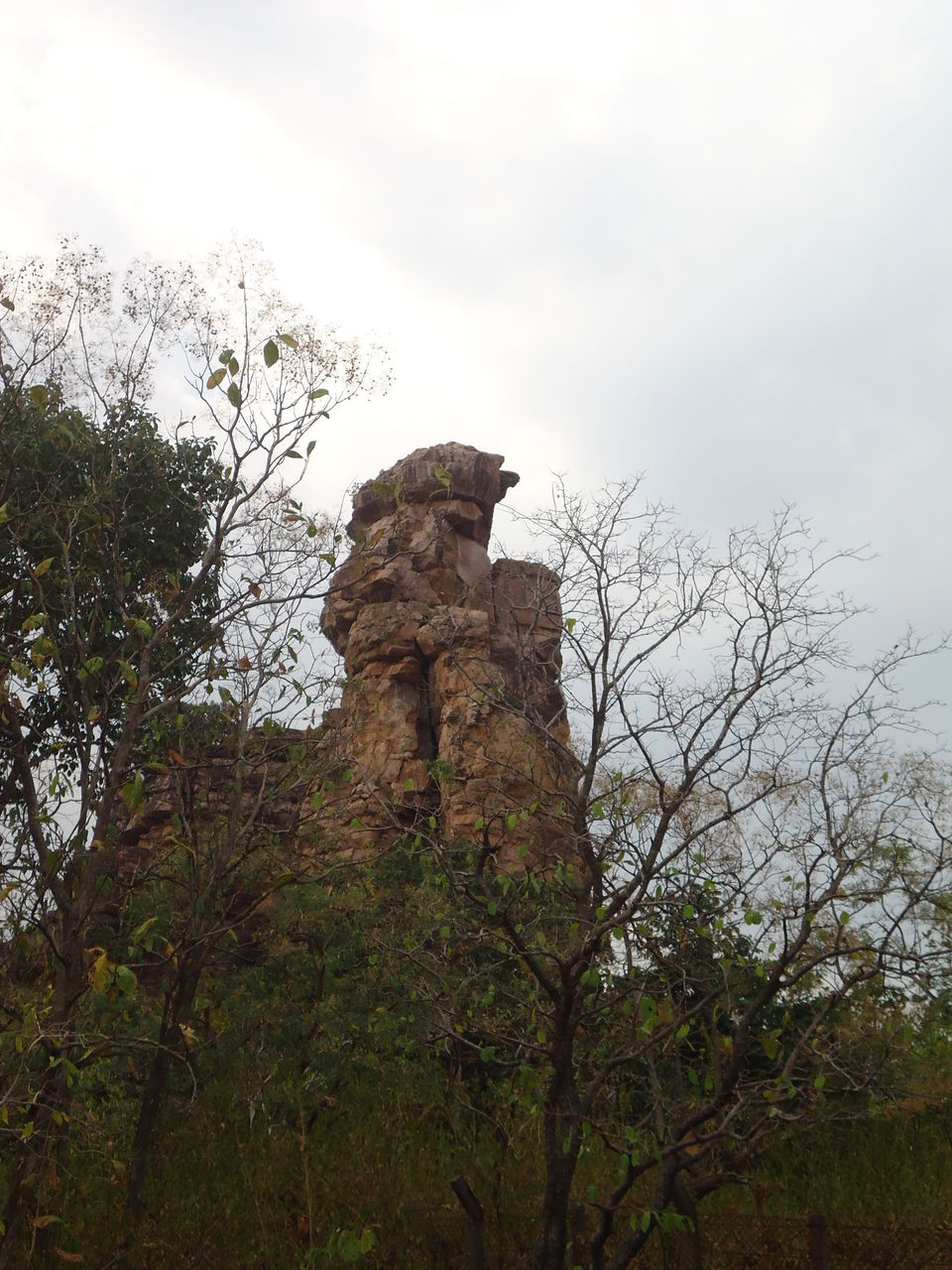
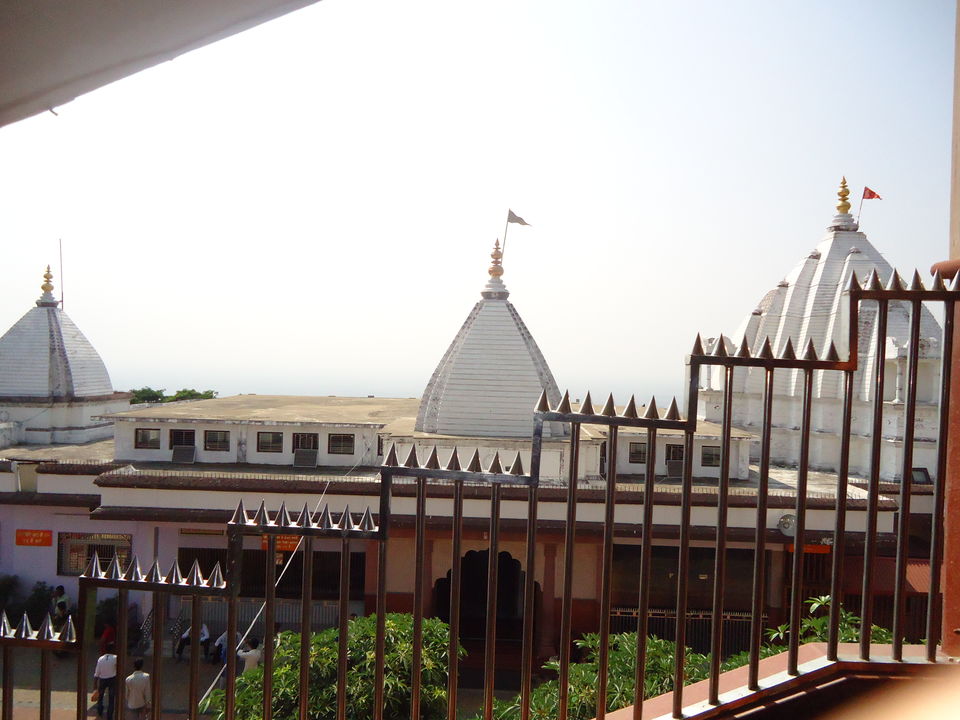
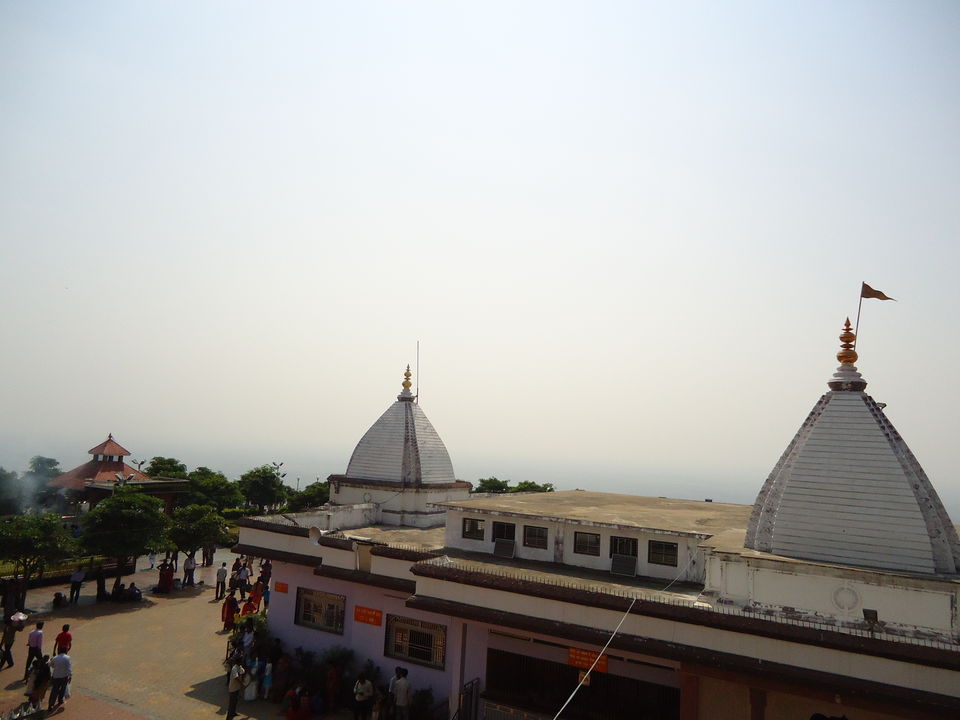
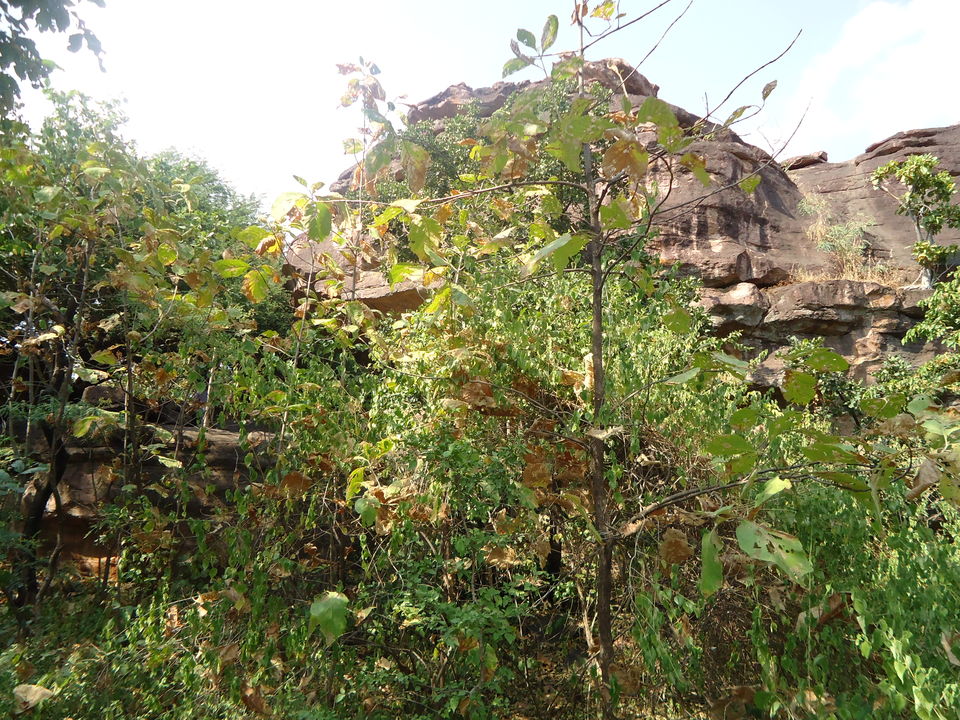
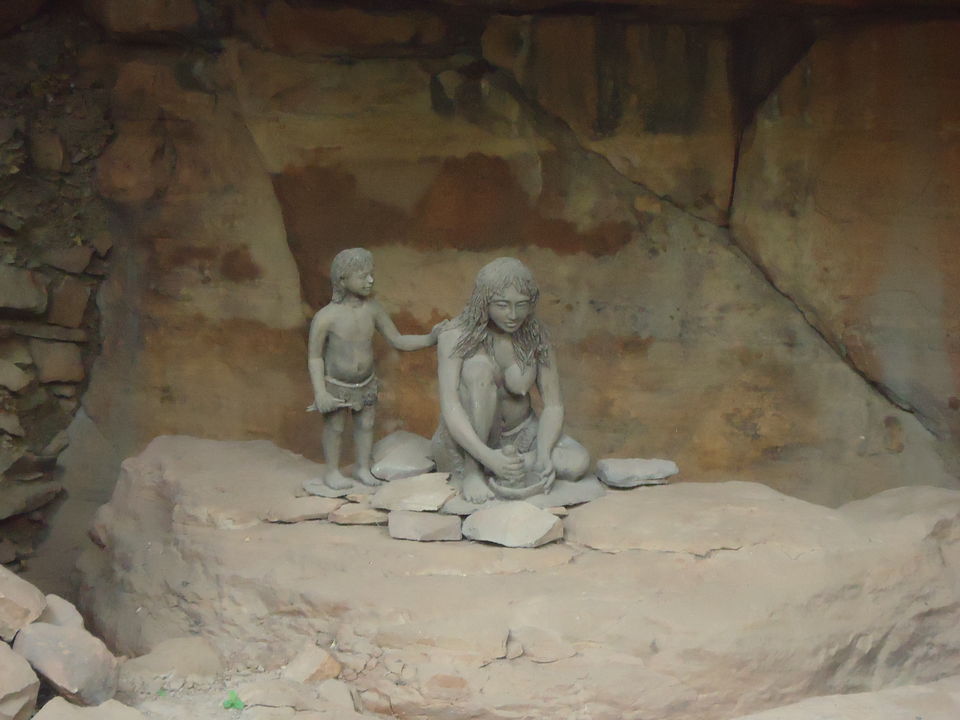
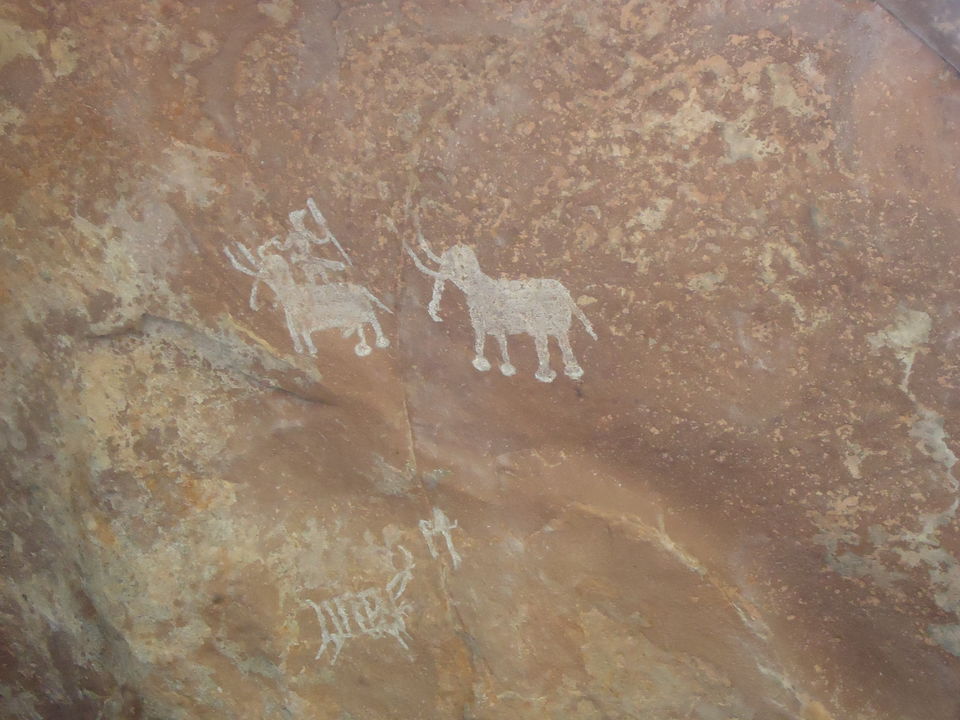
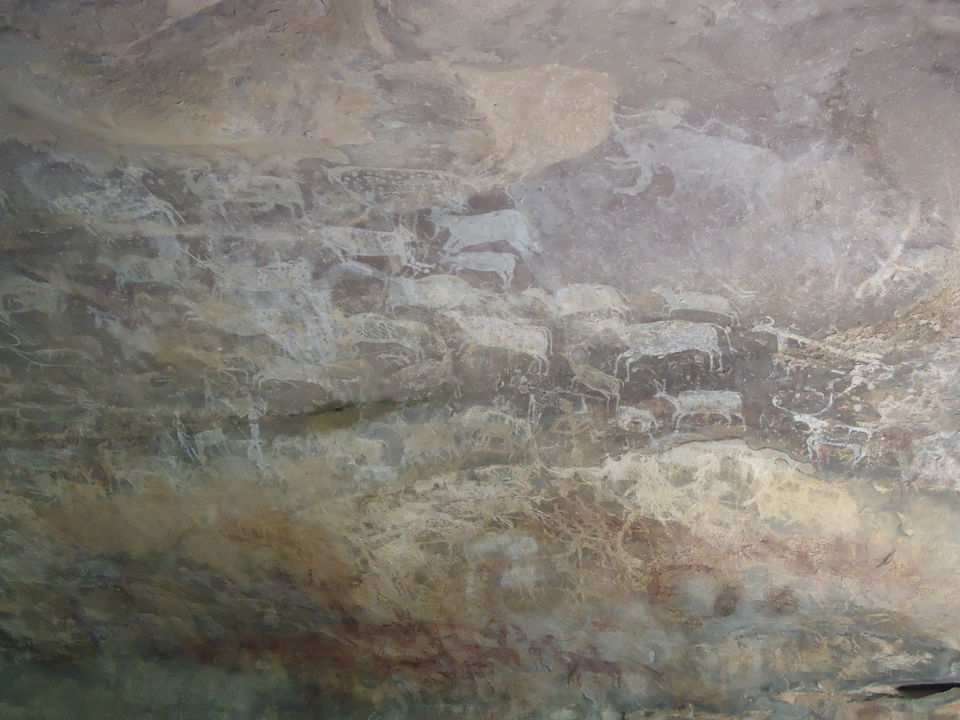
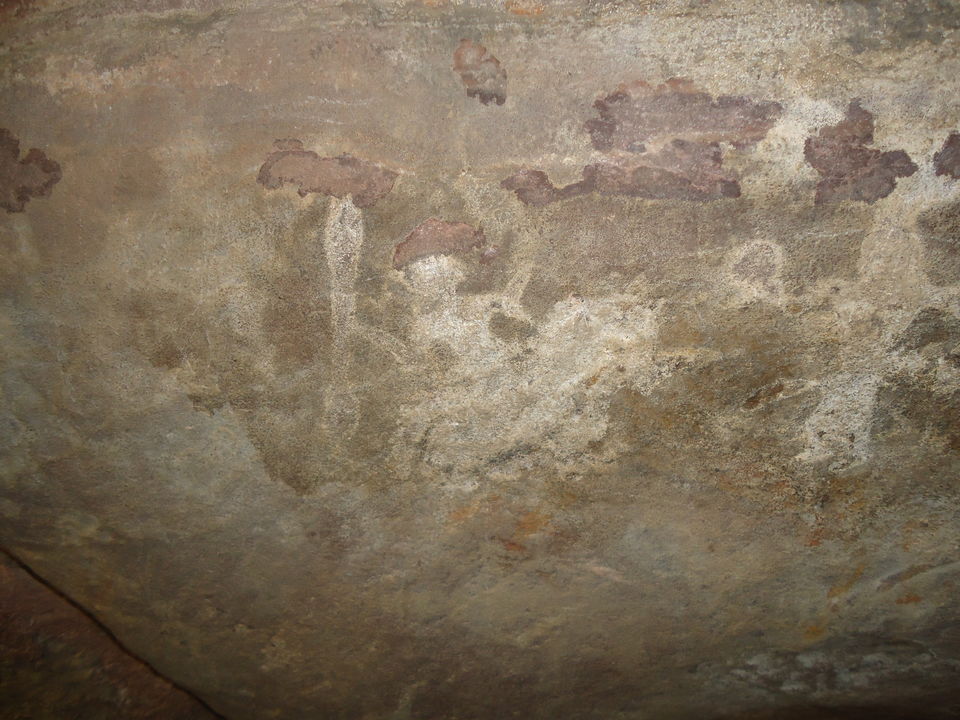
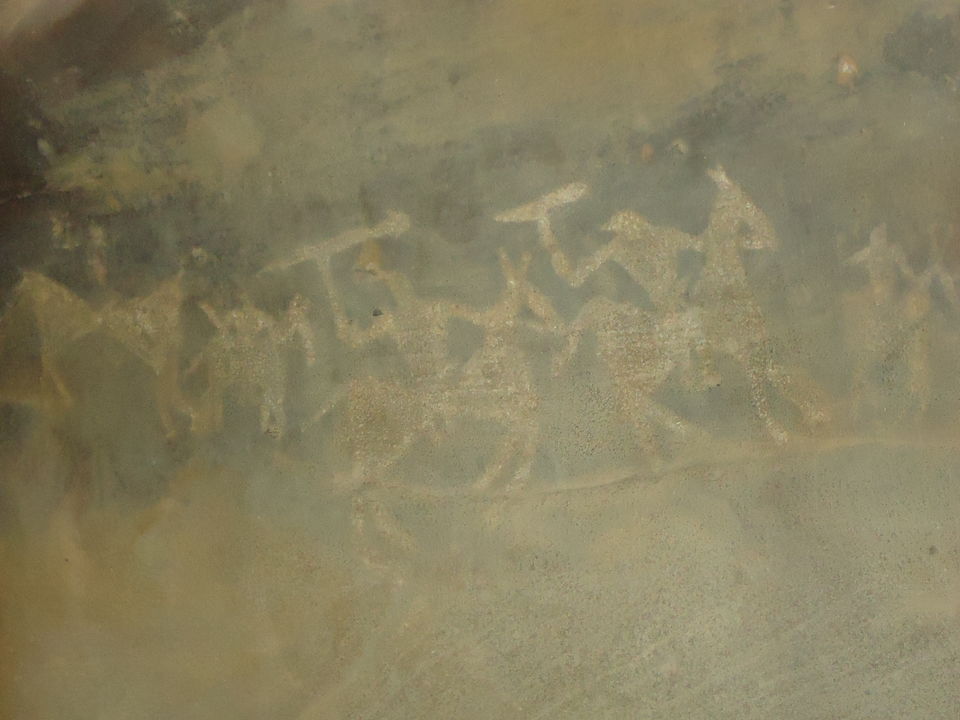
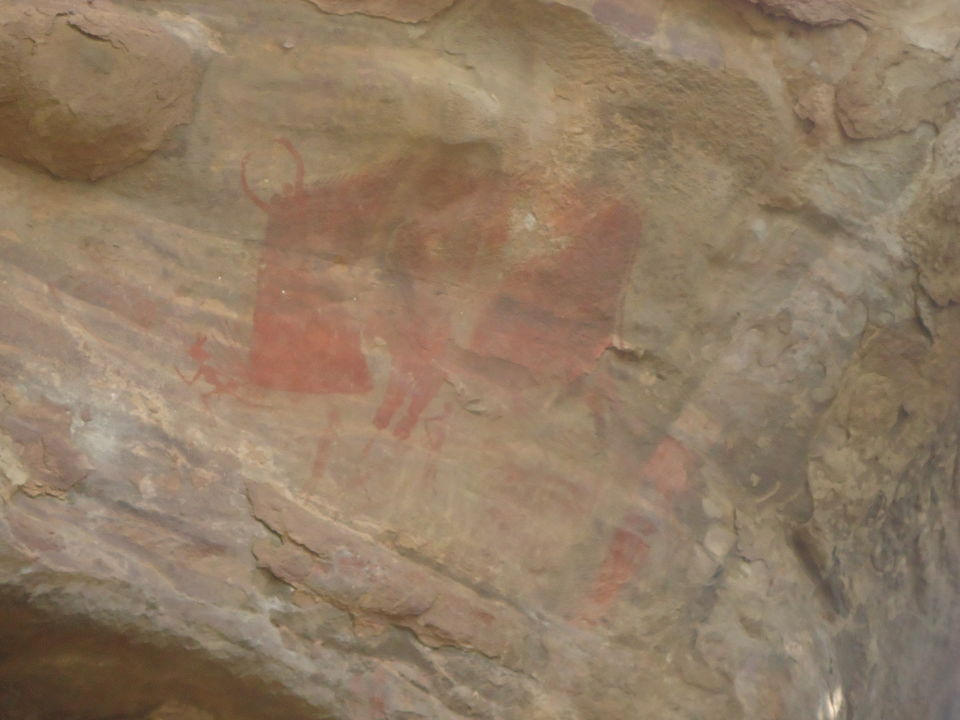
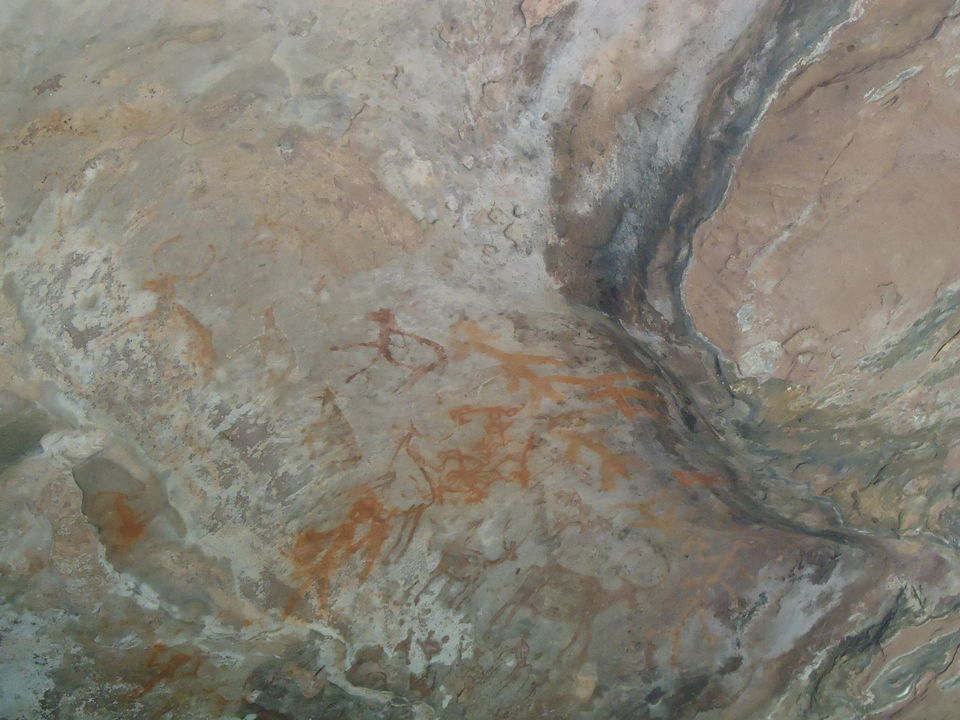
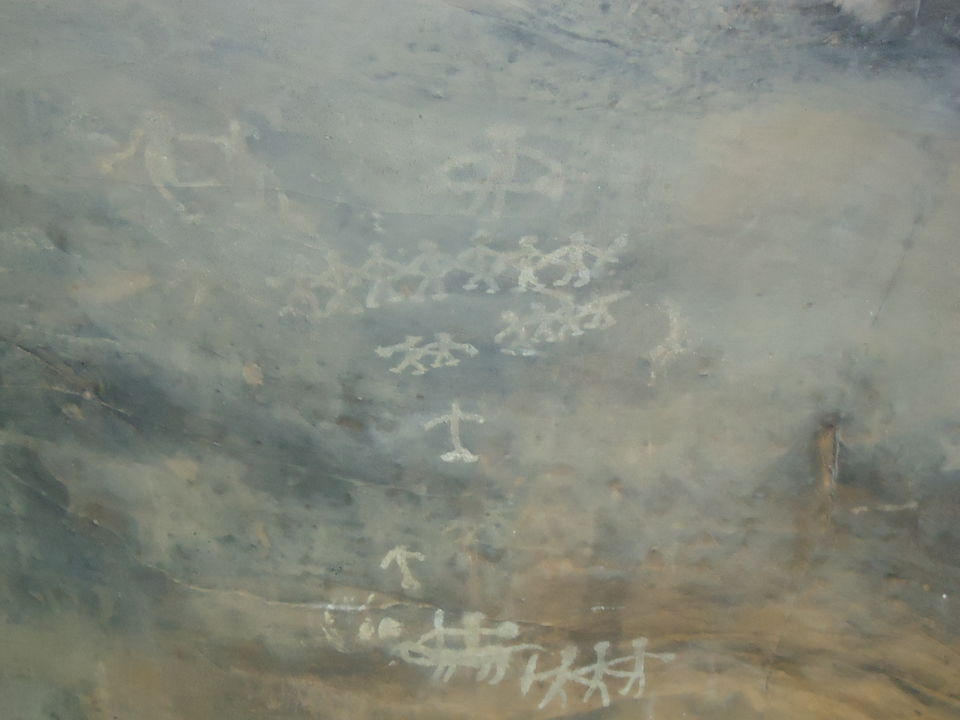
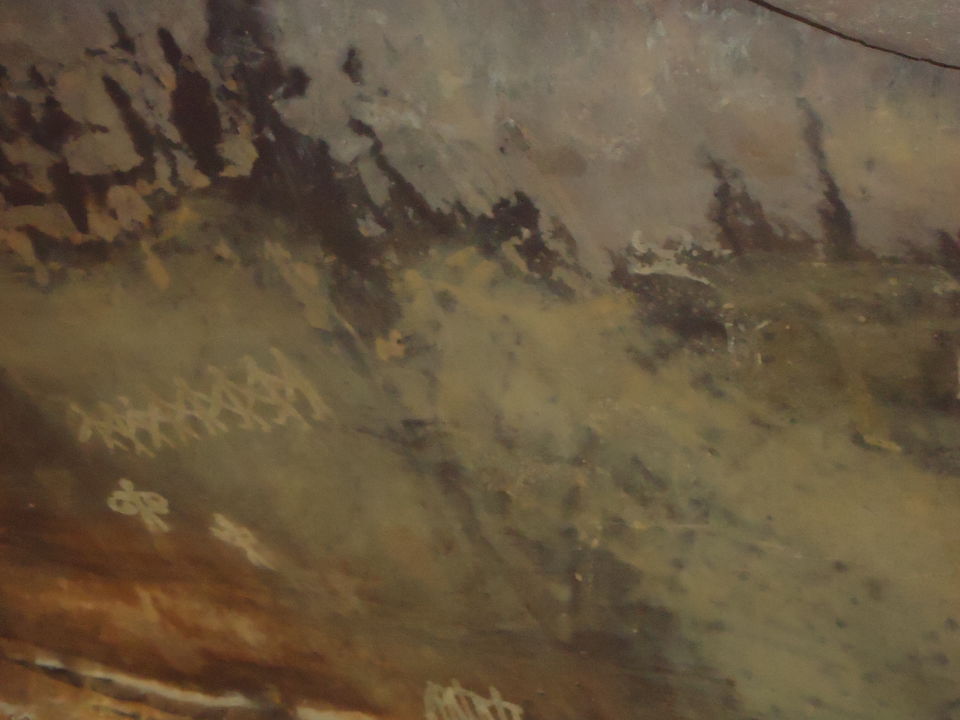
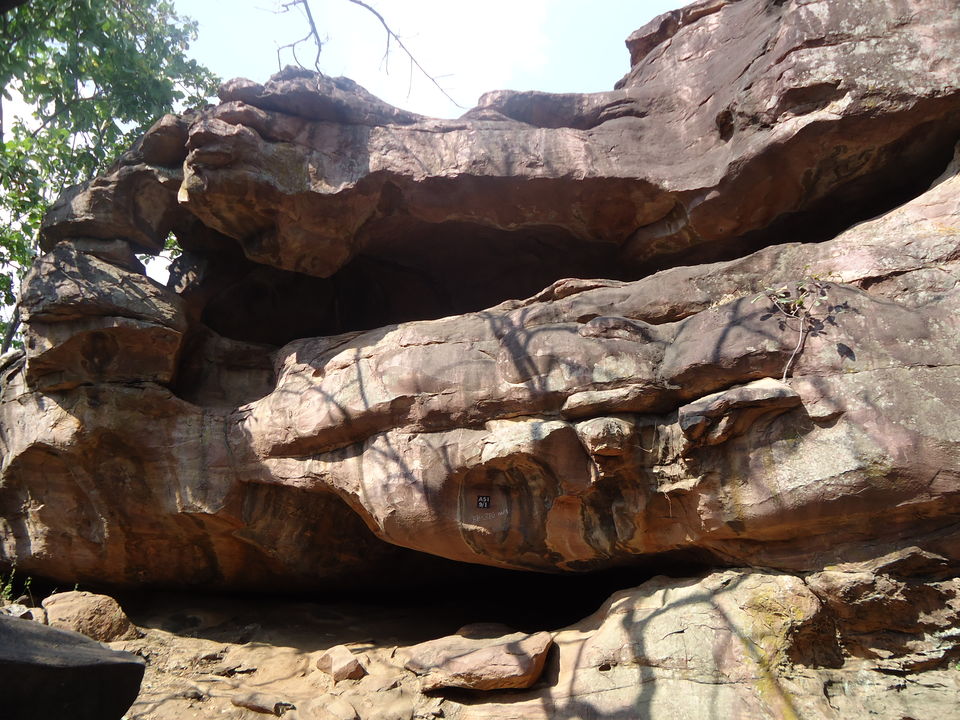
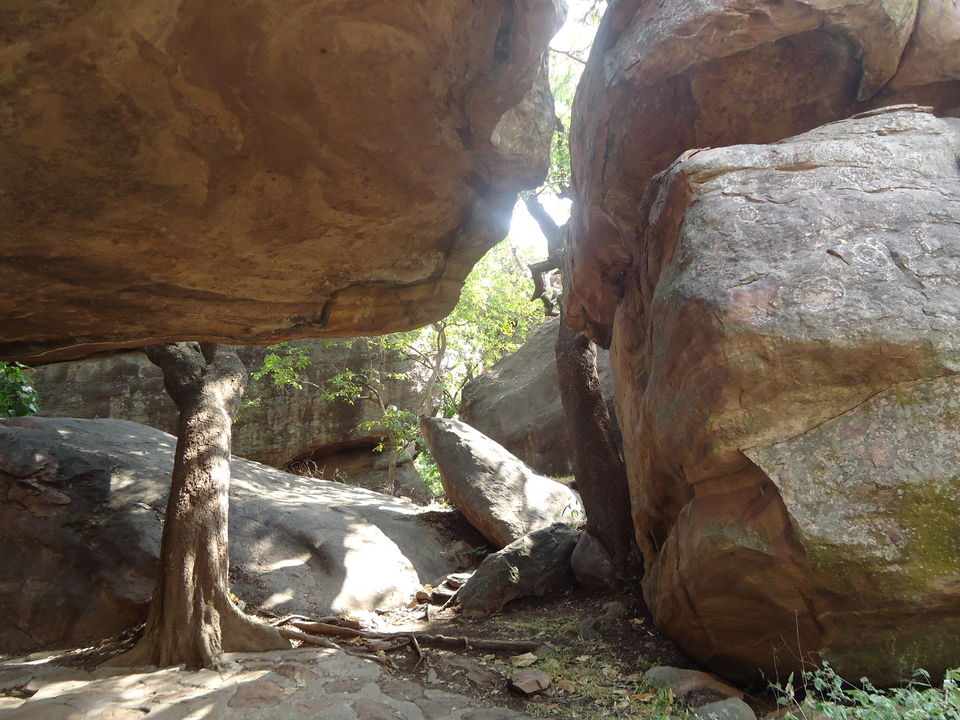
Journey back in time to the Stone Age!
History has always enticed in me; probably the reason why I deliberately added Bhimbetka caves, on our to-do list, in my last Bhopal trip. Not many of us from India are also aware of the existence of this UNESCO World heritage site.
A wise man once said, ‘Accident is the name of the greatest of all inventors’. The same holds true for these caves. One of the world’s most prominent rock art precincts, in its best preserved form was accidentally discovered in 1958 by Dr. V. Wakankar. This gentleman happened to cross Biyapura village in the Raisen district of Bhopal, and came across this magical site. His detour from his original tour plan is the reason we could have a glimpse of some 453-odd painting that was recovered from Bhimbekta. It is true!! The world owes you Professor, and I most certainly do!
History here dates back to earliest Stone Age/Lower Paleolithic, the middle and the upper Paleolithic period; in a nut-shell these caves were inhabited 100, 000 years ago!!! It was refreshing to look at the efforts taken by the early humans to preserve art, as well as the creditable team of archaeologists who have successfully excavated the caves in intact form, and demarcated them into 7 zones. Unfortunately, you as a visitor can only access to 3, the rest 4 needs special permission from the Forest Authority of India. I am definitely going to try my hands on my unexplored list of caves (the 4 zones) in my next visit!!
This time travel only needs an hours’ travel time from Bhopal!
Around 9.30 hours IST left Bhopal city: We rented a car for the hour and a half drive on Bhopal-Hoshangabad highway, 70 km from the city. We chose to go to Salkanpur first and then visit Bhimbetka. You may alternatively, take local buses from Bhopal city which are quite frequent and well connected.
The first stop-over–Salkanpur: It is well-known for religious reasons, as millions of Hindu pilgrims pay visit there in this holy shrine all round the year. Although, Navratri mela is what draws maximum tourist here; this place has a charm to offer otherwise. I had visited Salkanpur temple, around October end last year. Situated on a hillock, at 800 ft altitude, a small hike or rather a climb of more than 1000 stairs is what it takes to reach here! Don’t get me wrong, for those who visit there for religious reasons, it is peaceful. However, alternatively you should not miss this for the view it offers.
Get a glimpse of the Vindhayas range from the top. And the view is serene!! So my recommendation is even if you have a slight inclination to being an atheist, don’t you care, hike the hillock, go to the top and enjoy the view!
For all you ladies, who love to shop from FabIndia, Ethnicity, Bombay store or are keen to shop authentic handcraft Indian goods, this place is recommendable. You can get hold of beautiful wooden bangles, finely crafted wooden bangle/earring stand, cutlery items, home decor, paper weights, sandstone jewellery boxes and many such piece of art directly from its makers. I had also indulged into buying a well-crafted bangle stand, which would have cost me a lot, if I would buy it from any metros in India. So happy shopping girls!!
Where should you eat: Just outside the Salkanpur temple premise there are few local take-away, more like dhabba which are popular for local cuisine. The highlight was their special tea, Sulaimani chai; which is quite popular in Central India. It is basically lemon tea with added sugar syrup. If you happen to visit here, also try their Dal baati churma, an authentic dish in Rajasthan, made of pulses. It was surprising; the locals also have their edge on this dish.
En-route Bhimbetka caves: Well there could not be a better time to see these mystic caves, than late afternoon when sunrays are mild with cooling breeze around!! Situated some 30 km, from Salkanpur and 45 km from Bhopal, a good couple of hours are needed to visit all the accessible caves. Though we took a local guide to help us spot the painting and explain the history behind it; the tour is quite self explanatory. The caves manage to communicate to you.
According to the Indian mythology, this place was the hiding place for Pandavas during their exile. The folklore says the name, Bhimbetka originated from the famous character Bhima (one of the Pandavas) in Mahabharata. These caves served as their shelter, like many of our ancestors. One of the cave sites is renowned to be the seating place for Bhima, the one with the Herculean built. Henceforth, one of the gigantic rock frames here, is fondly associated with him.
As you walk through these caves, you would come across different sorts of painting; hunting, solo animals, grazing, people dancing, a man fighting with the beast, people quarreling and many more sketches related to their daily living. The early humans painted their lives in shades of red, green, yellow, grey and white, and used stone tools to etch them on the rocks. They also must have used minerals available around for coloring and hence the rock art here are still intact. Carbon dating techniques have also been used by the explorers to demarcate the exact era when these painting were drawn. What you can also see are the water marks on the rocks, which clearly show how high the water levels were at that time.
The paintings somehow speak for themselves! By seeing the many animal figure being engraved here, either alone or in small groups makes it obvious that the residents here were close to nature and their livelihood depended a lot of rearing, hunting and protecting themselves from the wild beasts. Images like the one with a human figure atop a wild elephant/mammoth will make you think that domestication was one of the early requirements in their survival. You will also come across shelters within rock caves, which probably were used as resting places for the inhabitants.
Nevertheless these caves appear to make time still and have a magical effect on its viewers. It takes you back to the era of hunting and gathering economy; makes you wonder how far we have come as a civilization, and definitely leaves a charmingly eerie feeling of how we survived nature and grew with Mother Earth.
Another inside information–For the food lovers, who happen to have a sweet tooth; like me and my husband, there is a small joint called Swagat, where lot of tourist buses halt for another local delicacy, Mawa bati ( a richer version of the popular dessert, Gulab jamun in India). The fresh made Mawa bati are quite famous in Bhopal, they will melt in your mouth, the instant you pop them in! This rich dessert is an ultimate delicacy, and a must try! You are likely to miss this place if you rely on Google maps; a little human help in locating this place is highly recommendable. Hope you have fun traveling to this part of India.



